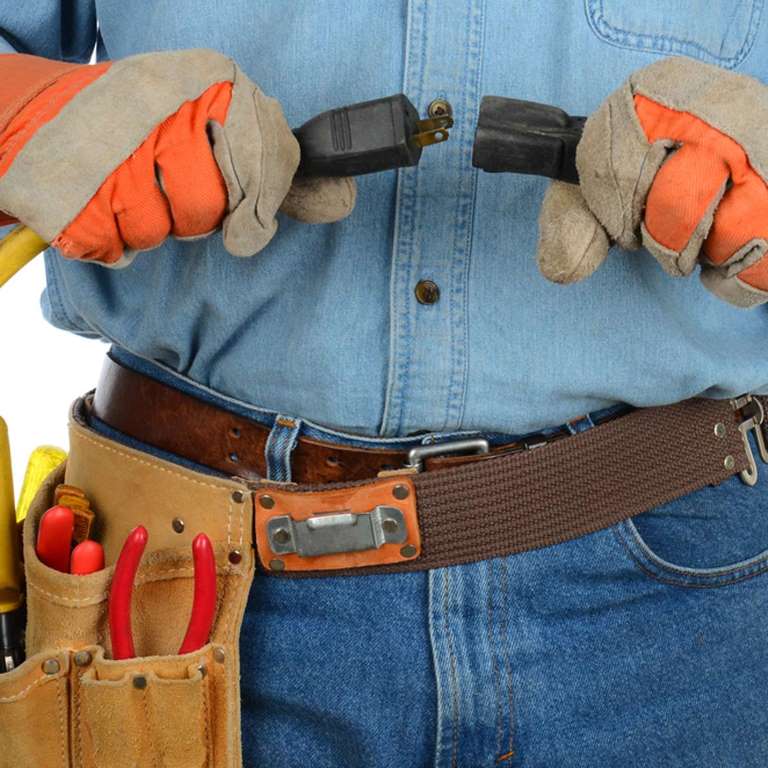
Amps
Electrical circuits are a science unto themselves, but there is one term that all DIYers need to know: Amps. Amperage is a measure of the strength of an electrical current. Electric tools have an amperage rating, as do circuit breakers and extension cords.
When selecting an extension cord, look for an amperage rating that meets or exceeds the amperage of the tools you’ll be powering with it. This will prevent the cord from overheating, and ensure that your tool can draw sufficient power to run properly.

Lithium Ion
Cordless power tools have revolutionized the construction and DIY fields. As battery technology has improved, tools can run longer and draw higher amps, than ever before. The majority of rechargeable tool batteries on the market are Lithium Ion (Li-ion), having supplanted Nickel-cadmium (Ni-cad) units.
Li-ion batteries are smaller, lighter and more environmentally friendly than Ni-cad, although they are more expensive. Like all batteries, Li-ion tool batteries have a limited lifespan.
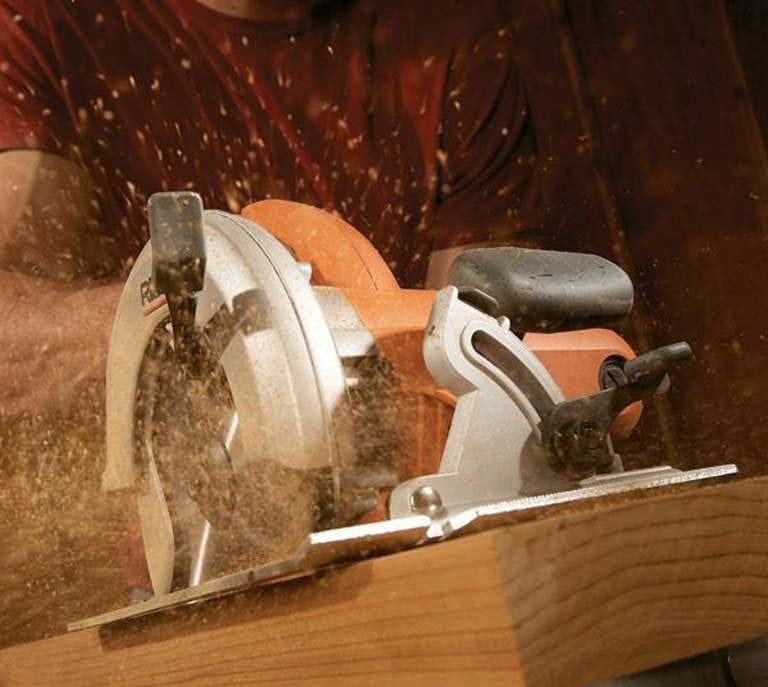
Worm-Drive
Worm-drive circular saws derive their nickname from the offset gearing in their motor. Worm-drive saws have their motor mounted behind the blade, while direct-drive circular saws (sometimes called ‘sidewinders’) have the motor mounted to the side of the blade.
Any saw can have a worm-drive design, but the differences are most noticeable in handheld circular saws, and it’s when buying one of these tools that you need to know the difference.
Worm drives have lower RPMs, but higher torque, making them more powerful than direct-drive saws. They tend to weigh more, but that weight can be used to your advantage when making plunge cuts or ripping boards. That same weight, however, makes them less desirable when cutting overhead or on a ladder.
Worm drives are often built so that the blade is to the left of the motor, while direct drives are normally blade right. This means that worm drives give a better line of sight to right-handed carpenters, while direct drives favor lefties.
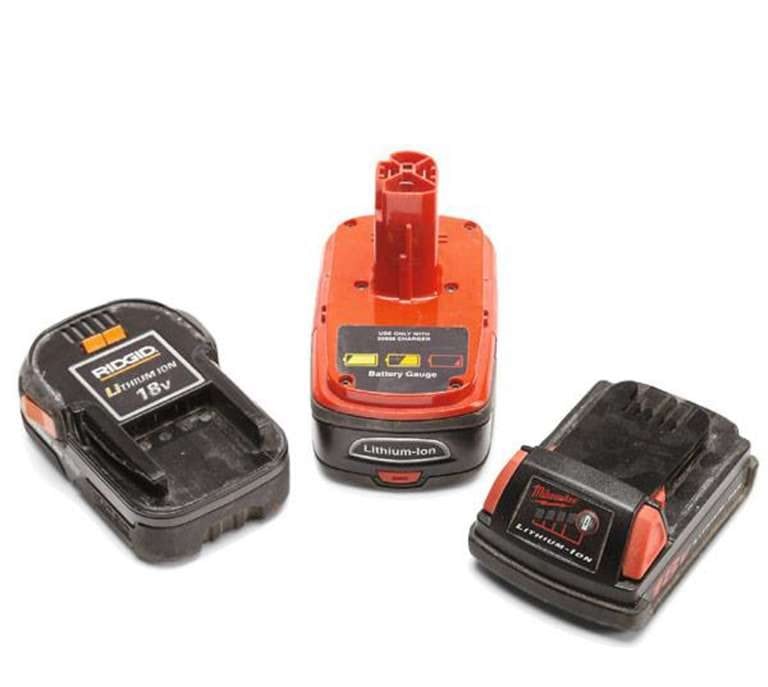
Torque
Torque’ describes rotational force. It’s a phrase that’s usually used in connection with drivers and wrenches. But more torque isn’t always better!
For delicate work, a DIYer will need to know the torque applied to a given fastener; too little won’t sufficiently tighten the material, while too much might strip a head or snap a thread.
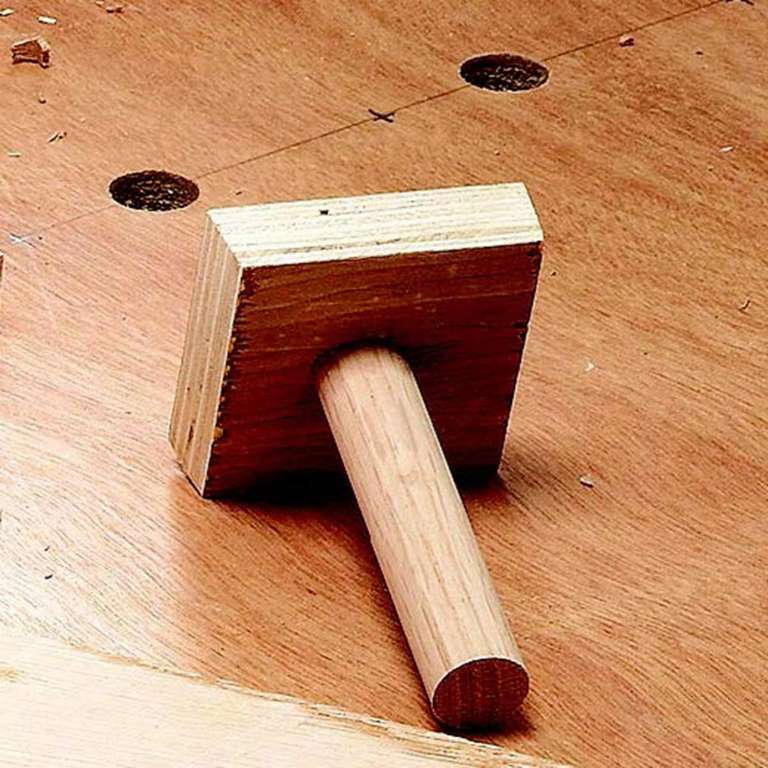
Bench Dogs
When shopping for a workbench, keep an eye out for tops that can accommodate dogs. Not to be confused with canine friends, bench dogs are devices made to help hold material in place during a project, no matter how unusual its shape.
Bench dogs can come in any size or shape, but traditionally they are small blocks mounted to round pegs, designed to be dropped into holes drilled into a workbench surface. Frequently made of wood, they also come in plastic, rubber, and other materials.
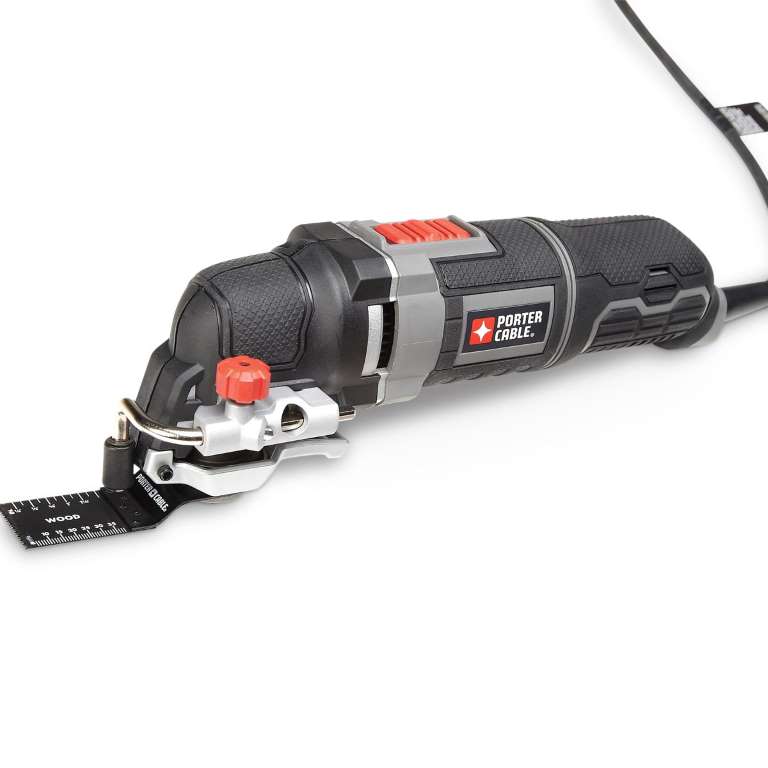
Oscillating
Just as rotary tools rotate a blade or bit, and reciprocating saws move a blade back and forth, an oscillating tool moves a blade or bit side to side in a smooth arc. It’s similar to an oscillating fan—just much, much faster (and sharper!).
Oscillating tools excel at getting into narrow areas where the quality of the cut has to be impeccable. If you have a delicate job where a cut needs to be made with no more material being removed than absolutely necessary, an oscillating tool is usually the way to go.
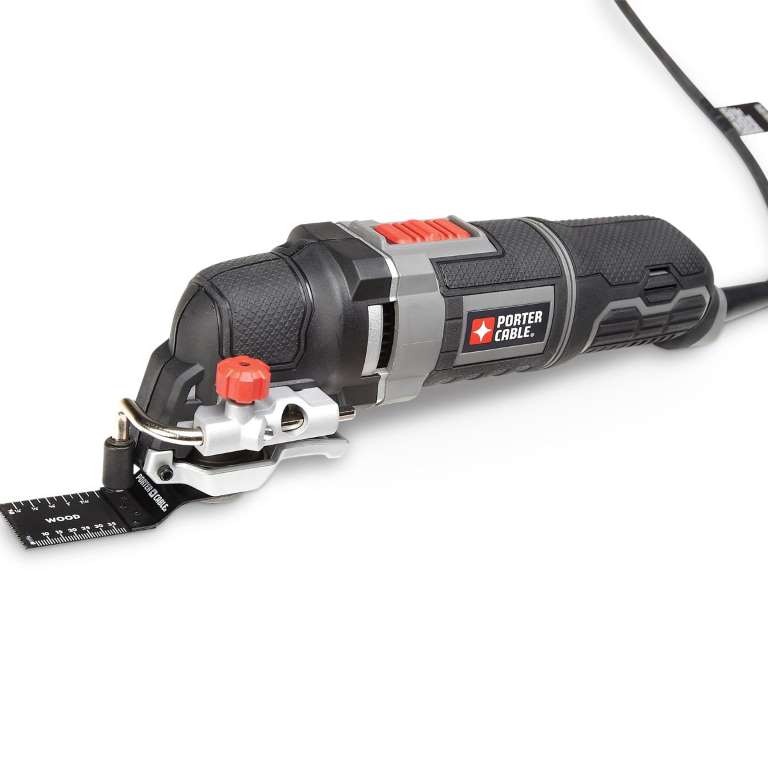
Random Orbit
Orbital sanders are power tools that move a plate in small circular patterns. By clipping a piece of sandpaper to the sanding plate, you can quickly sand down a project. All of which sounds great, except for the small circular patterns the tool leaves on the surface. Enter the random-orbit sander.
Surprisingly, it too moves sandpaper in regular patterns. The ‘random’ in the name comes from the pressure applied to different parts of the sanding surface. It’s this difference that allows this tool to take off a surface layer of your project without leaving behind a circular patterned marking.
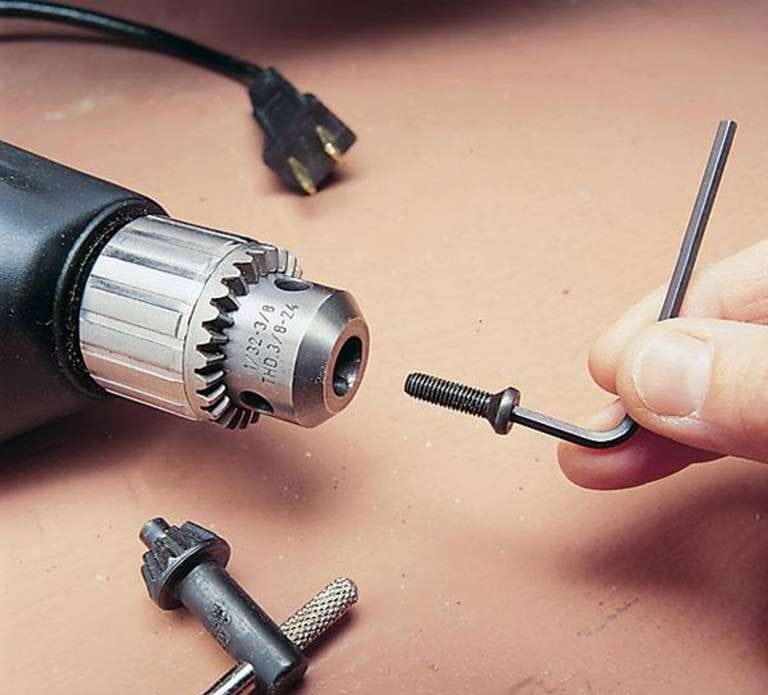
Chuck
A chuck is the part of a drill or driver that allows for rapid changing of the drill bit or driver head. For years, chucks had ‘keys,’ small wrenches that were needed to tighten or release the chuck. Most modern drills have keyless chucks, speeding work and ending the frustration of setting the chuck key down and not being able to find it when needed.
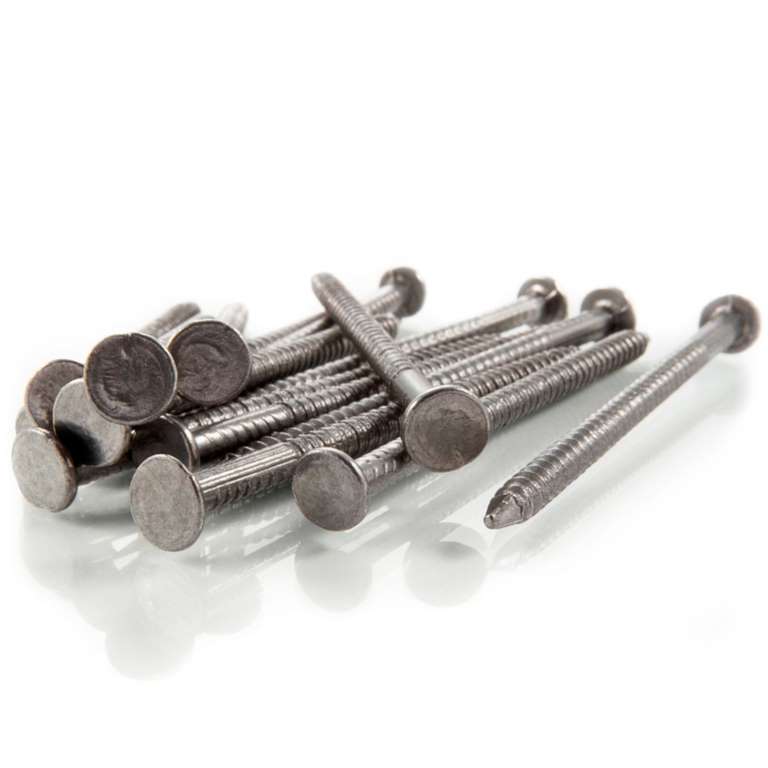
Shank
When purchasing fasteners (such as nails or screws) you may see reference to their shank. The shank of a nail is the long, straight part below the head, what most people would refer to as the nail proper.
The shank of a screw is the section between the threads and head; it may or may not be present, depending on the intended function of the screw. Finally, the shank of a drill bit is the section that is slipped into the drill and held in place by the chuck.
Drill bit shanks vary by use, but most modern drill chucks can hold almost any variation.If all that sounds confusing, don’t worry about it. All you really need to know is that modified shanks offer more gripping strength.
They’re more difficult to remove if you have to modify a job later, but they’re less likely to pop out in the meantime. Similarly, the smooth shank of a wood screw is designed to allow the head to pull tight to the wood surface, without overheating the screw and causing it to expand into the wood fibers. This is why it’s important to use the fastener designed for the job at hand.
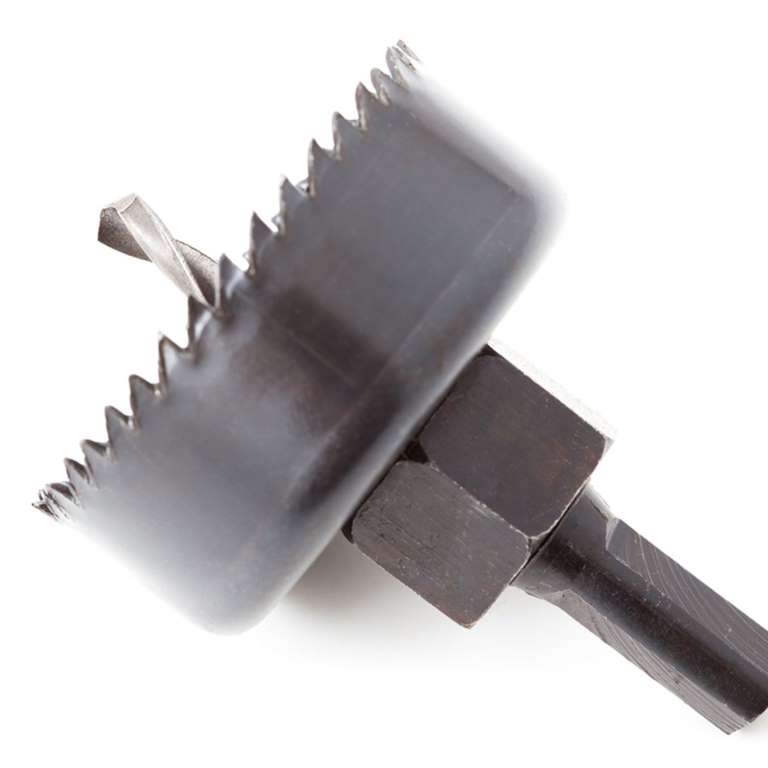
Arbor
An arbor is a tool component that stabilizes or holds a material in place. There are a few different tools that use an arbor of some type, but the place where DIYers are most likely to encounter one is with a common hole saw.
In that application, the arbor is a ring that sits around the shank of the drill bit, secured in place with a set screw. The arbor is removable to allow different sized hole saws to be swapped out, and for the centering drill bit to replaced should it become dull.





























